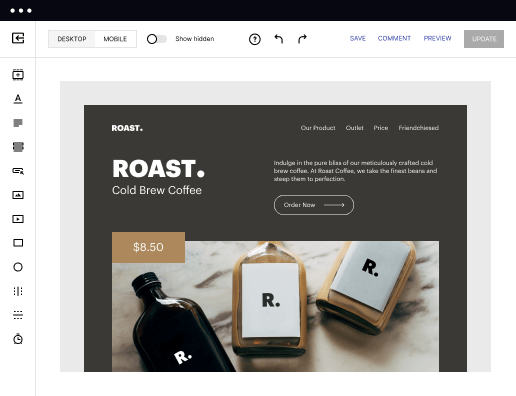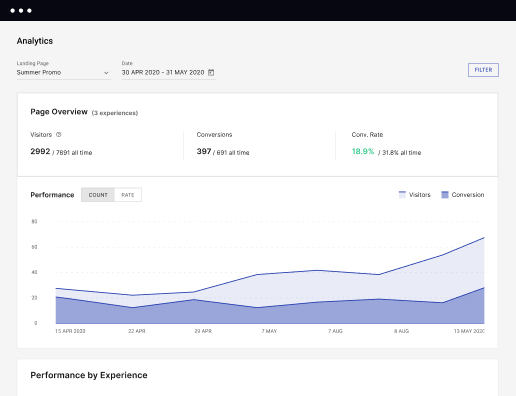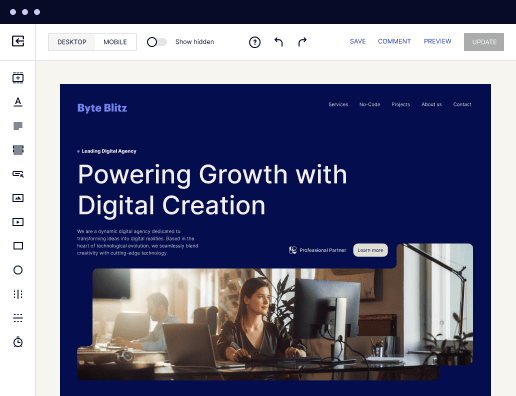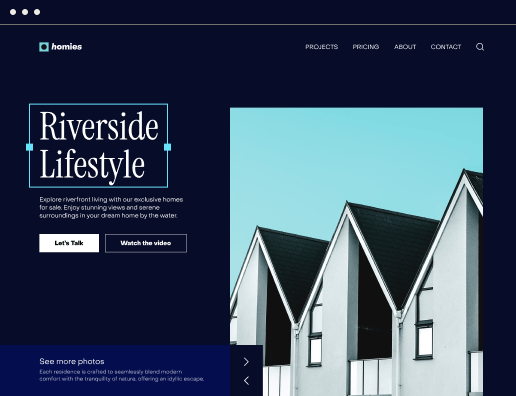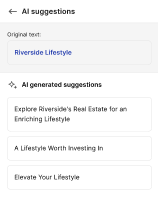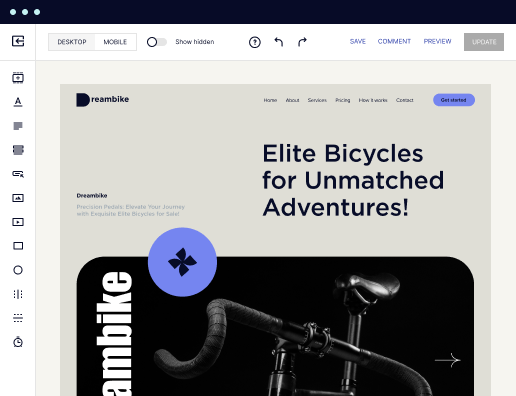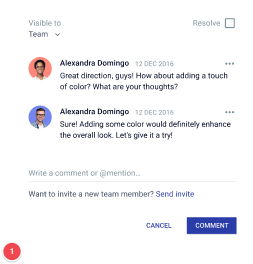Make your profile settings page designed for Ubuntu
Instapage empowers you to reduce costs, increase conversions, and deliver meaningful experiences on Ubuntu.
How to effectively create your profile settings page on Ubuntu
Creating your profile settings page on Ubuntu is an essential aspect of personalizing your user experience. Instapage empowers marketers to optimize landing pages effortlessly, just as customizing Ubuntu settings allows users to tailor their platform according to individual preferences. This guide provides a step-by-step process to set up and refine your profile settings page, ensuring a seamless experience.
Step 1: Accessing Ubuntu Settings
To begin, you need to access the settings menu. Here’s how:
- Open the main menu in the top-left corner of your screen by clicking on the Ubuntu logo.
- Select 'Settings' from the dropdown to open the settings panel.
- From there, navigate to 'User' to access your profile settings page.
Step 2: Personalizing Your Profile
Once you've accessed your profile settings, it's time to personalize your information. Consider the following:
- Add your full name for clarity and personalization—this helps others identify you in shared environments.
- Upload a profile picture that represents you or your brand, enhancing your professional presentation.
- Configure your display name if preferred, allowing for further customization and personalization.
Step 3: Configuring Privacy Settings
Privacy is crucial, especially in shared systems. Customize your privacy settings by:
- Reviewing who can see your profile (options typically include 'Everyone' or 'Friends') to control visibility.
- Setting up restrictions on your data sharing preferences for optimal control over your information.
- Regularly updating your security settings to ensure you are safeguarded against potential threats.
Following these steps will significantly enhance your Ubuntu profile settings page, ensuring a customized and secure experience.
By investing time in structuring your Ubuntu profile settings, you not only enhance your use of the platform but also create a foundation for improved productivity and satisfaction.
Ready to elevate your Ubuntu experience? Follow these steps today and enjoy a more tailored approach to your daily tasks.
Get more out of Make your profile settings page on Ubuntu
Improve your Quality Score with quick load technology for landing pages
Increase conversions with content that aligns with your ads and audiences
Achieve maximum ROI by scaling your marketing initiatives
Leading the way in building high-performing landing pages





FAQs
See how to make your profile settings page on ubuntu in action
Ready to skyrocket conversions?
Supercharge your ad campaigns with high-performing landing pages.
Get started


